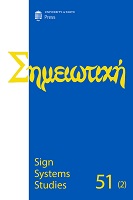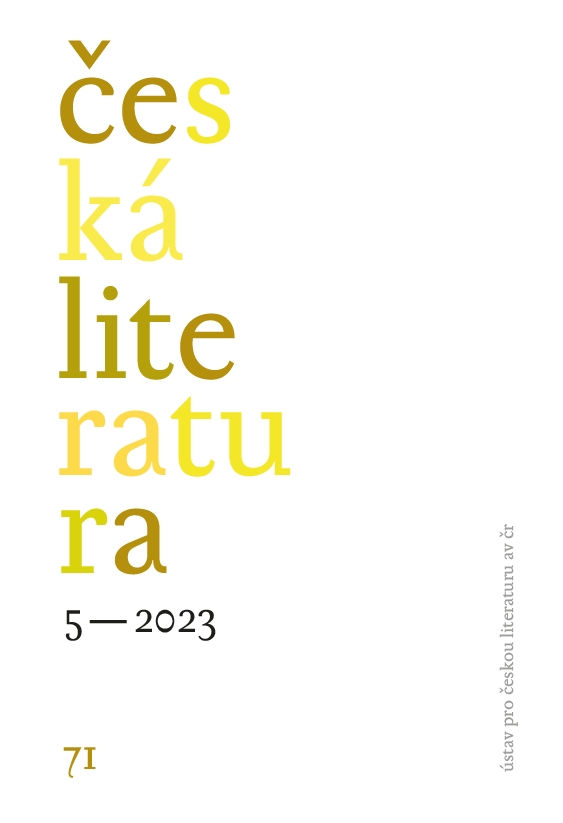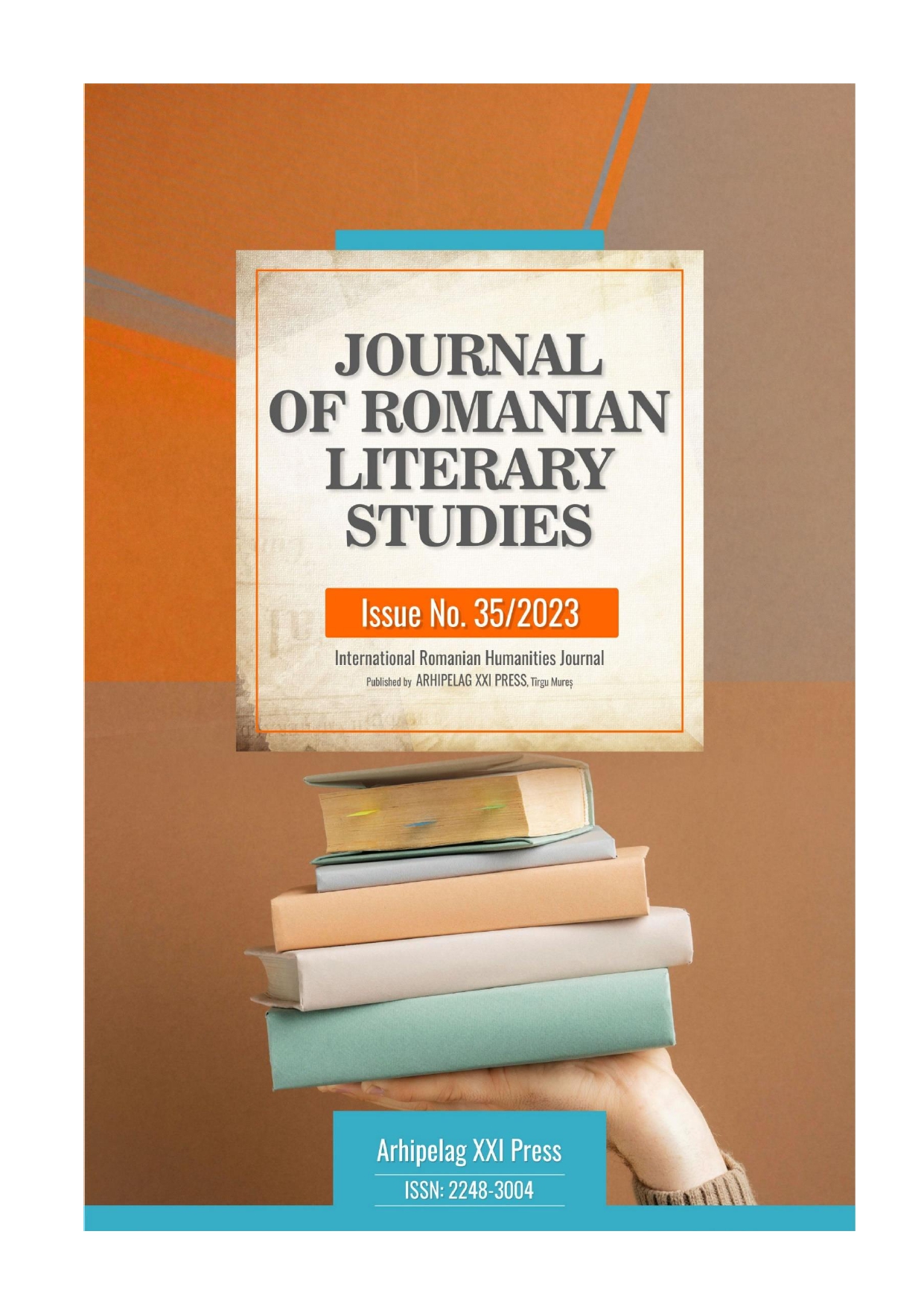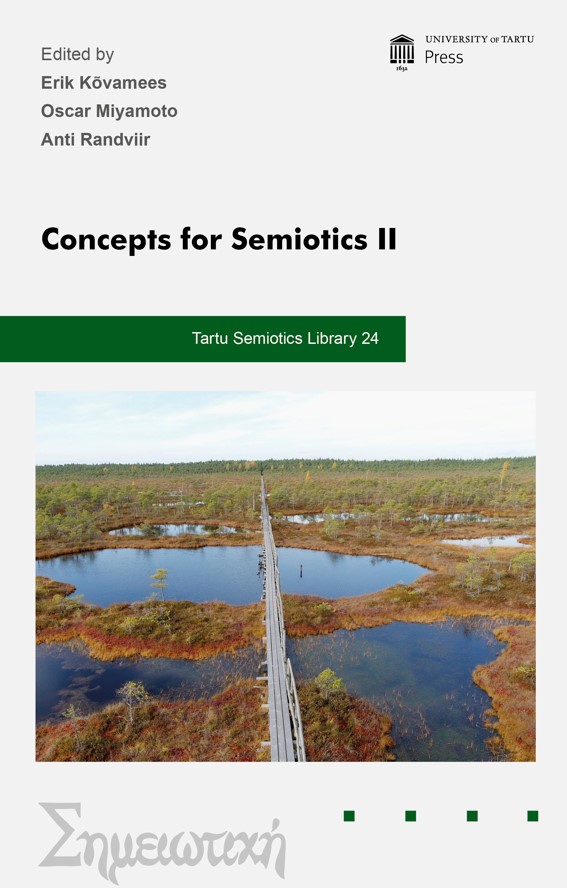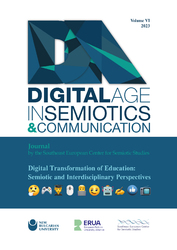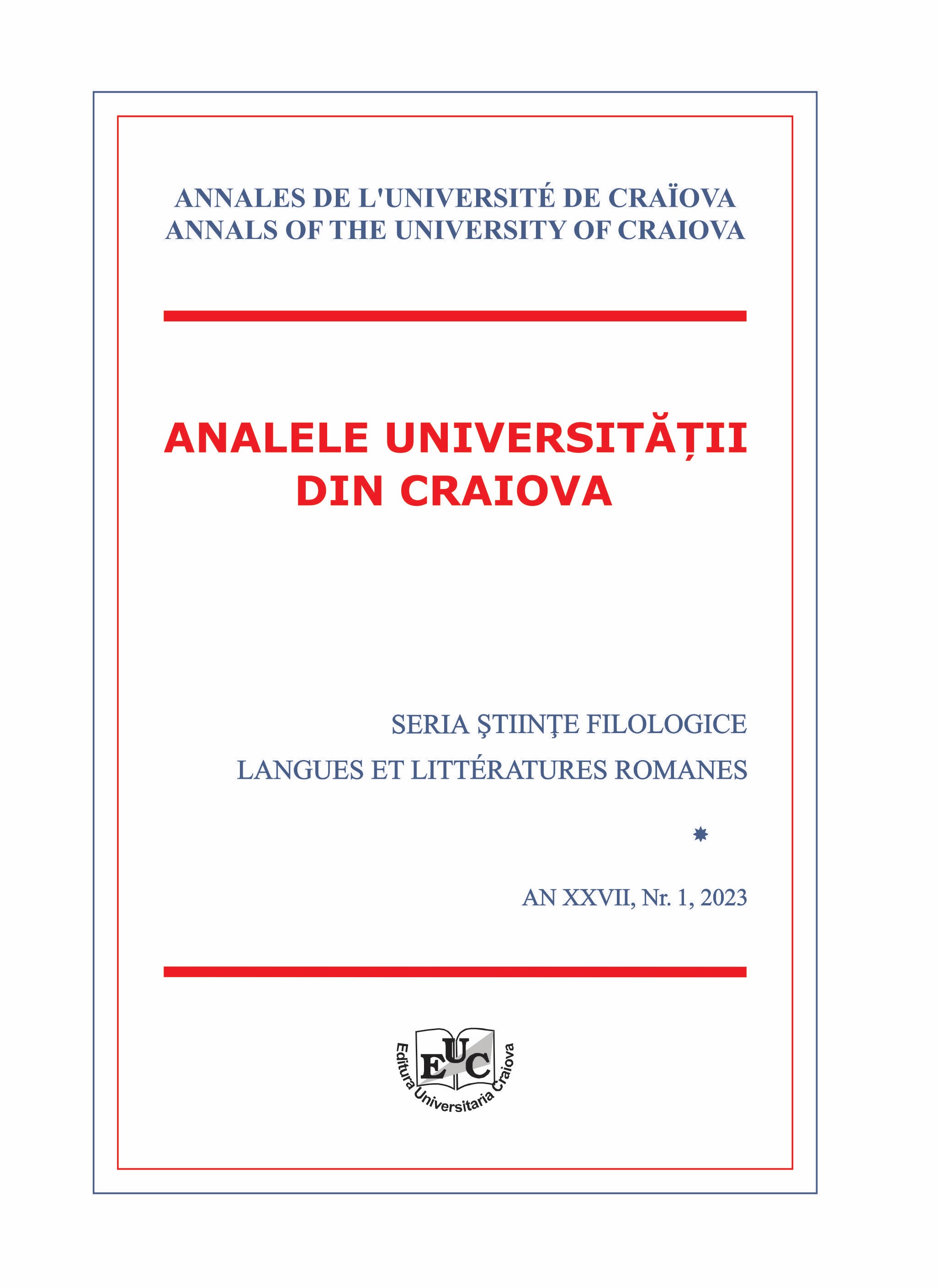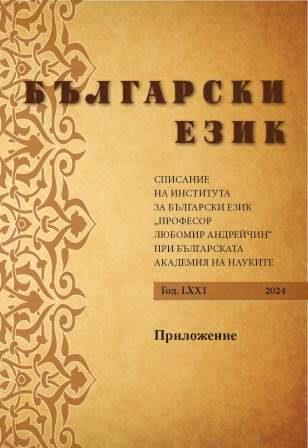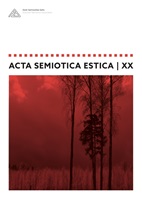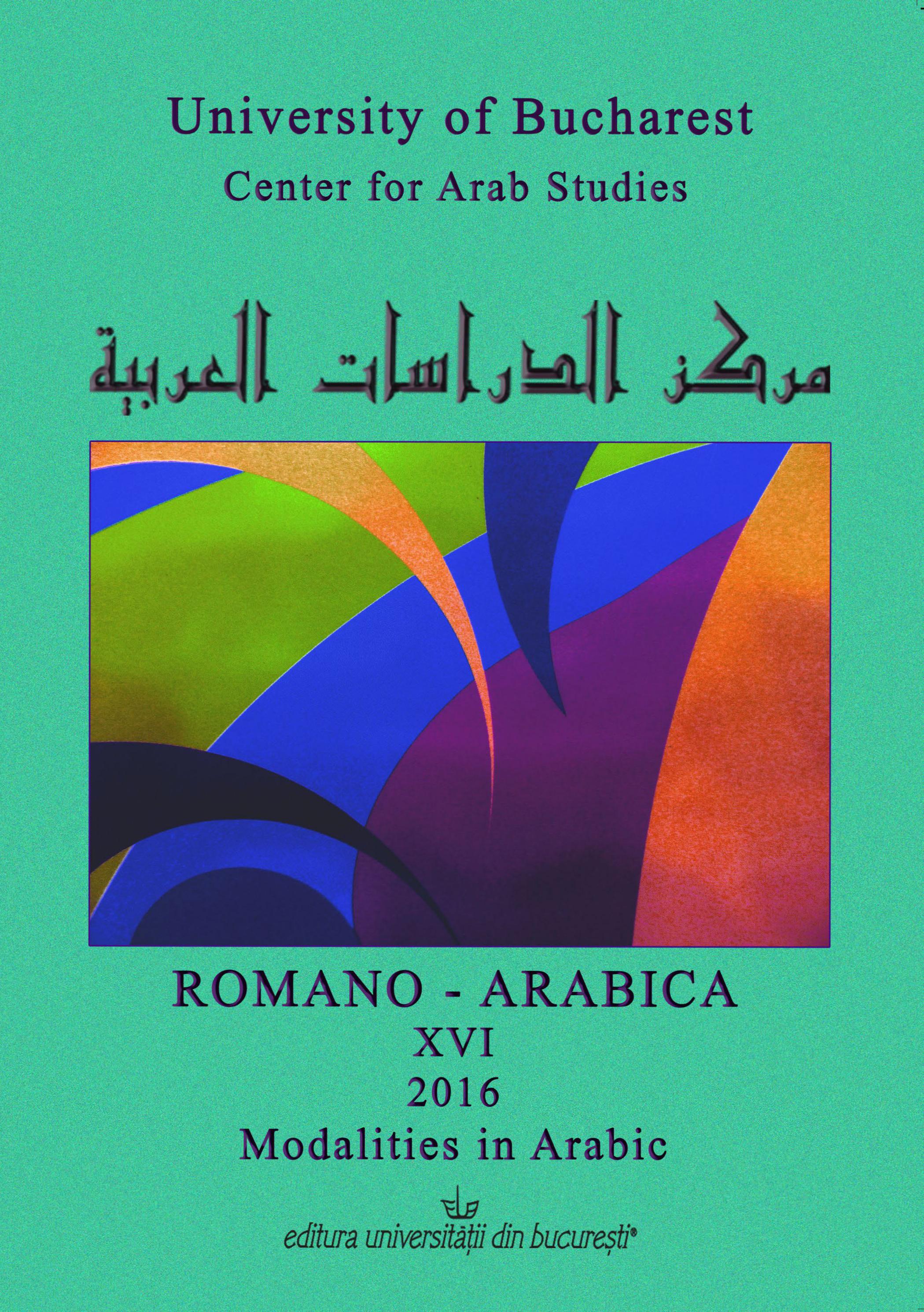
SAḤŪRI WALA TBŪRI ELATIVE STRUCTURES IN COLLOQUIAL PALESTINIAN ARABIC PROVERBS
Elative structures are very frequent in old Arabic proverbs and in colloquial Arabic proverbs as well. The structure “X wala Y” is one of the most frequent and special elative structures in Arabic proverbs in general. The primary goal of this article is to introduce this structure and its specificity, considering the other elative structures which were found in Palestinian Arabic (PA) proverbs, and in Standard Arabic (SA) proverbs.
More...
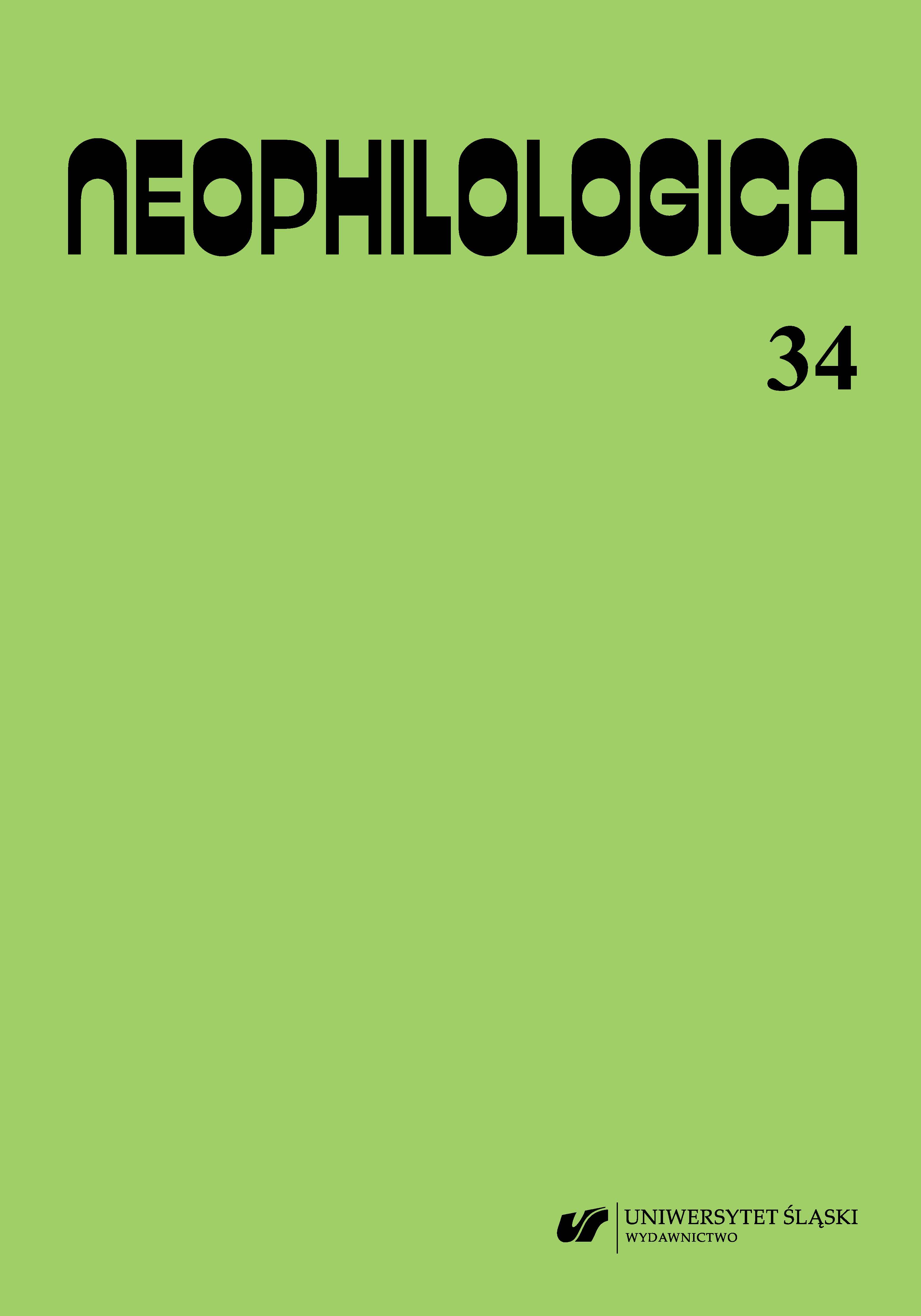
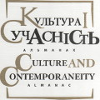
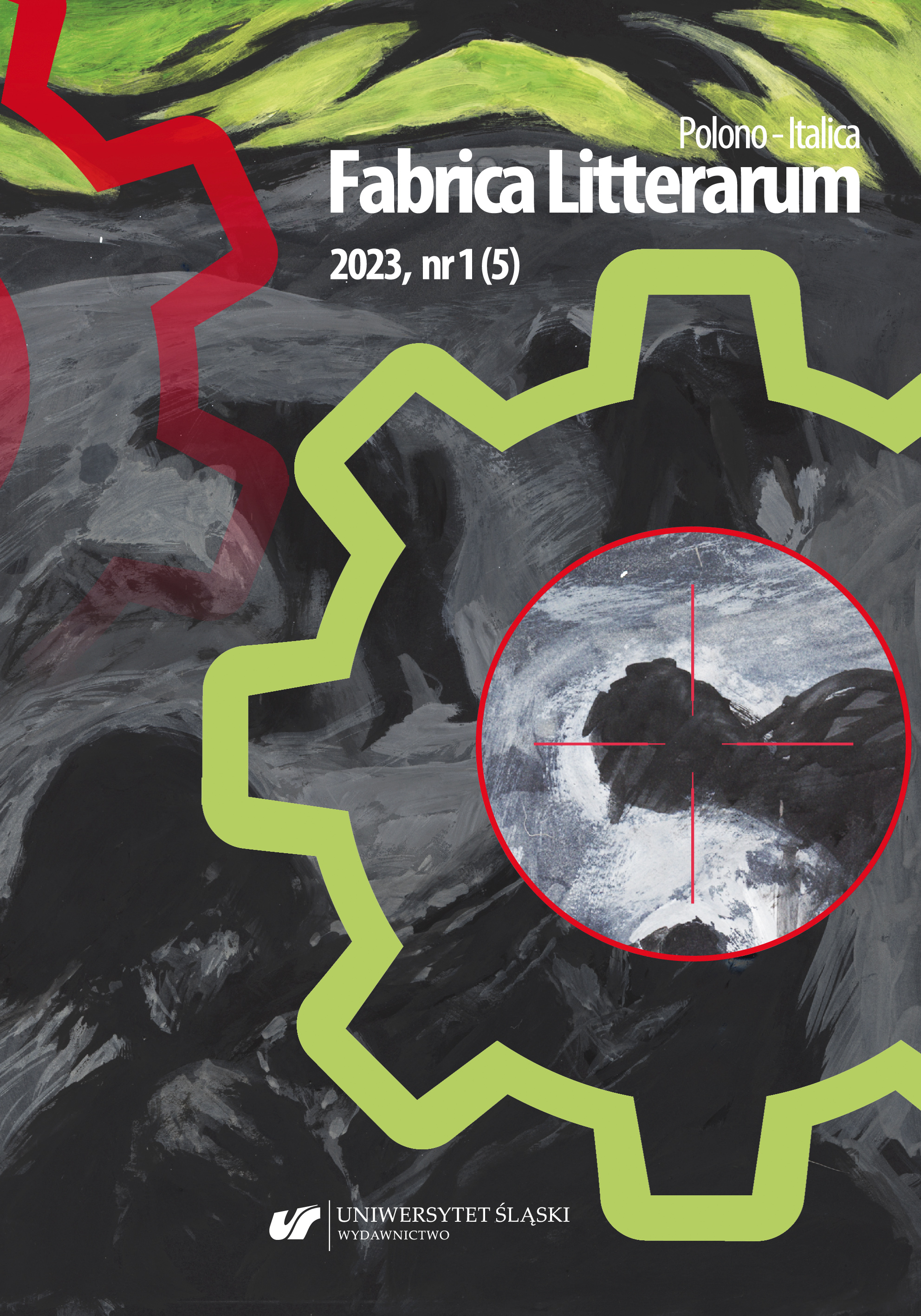
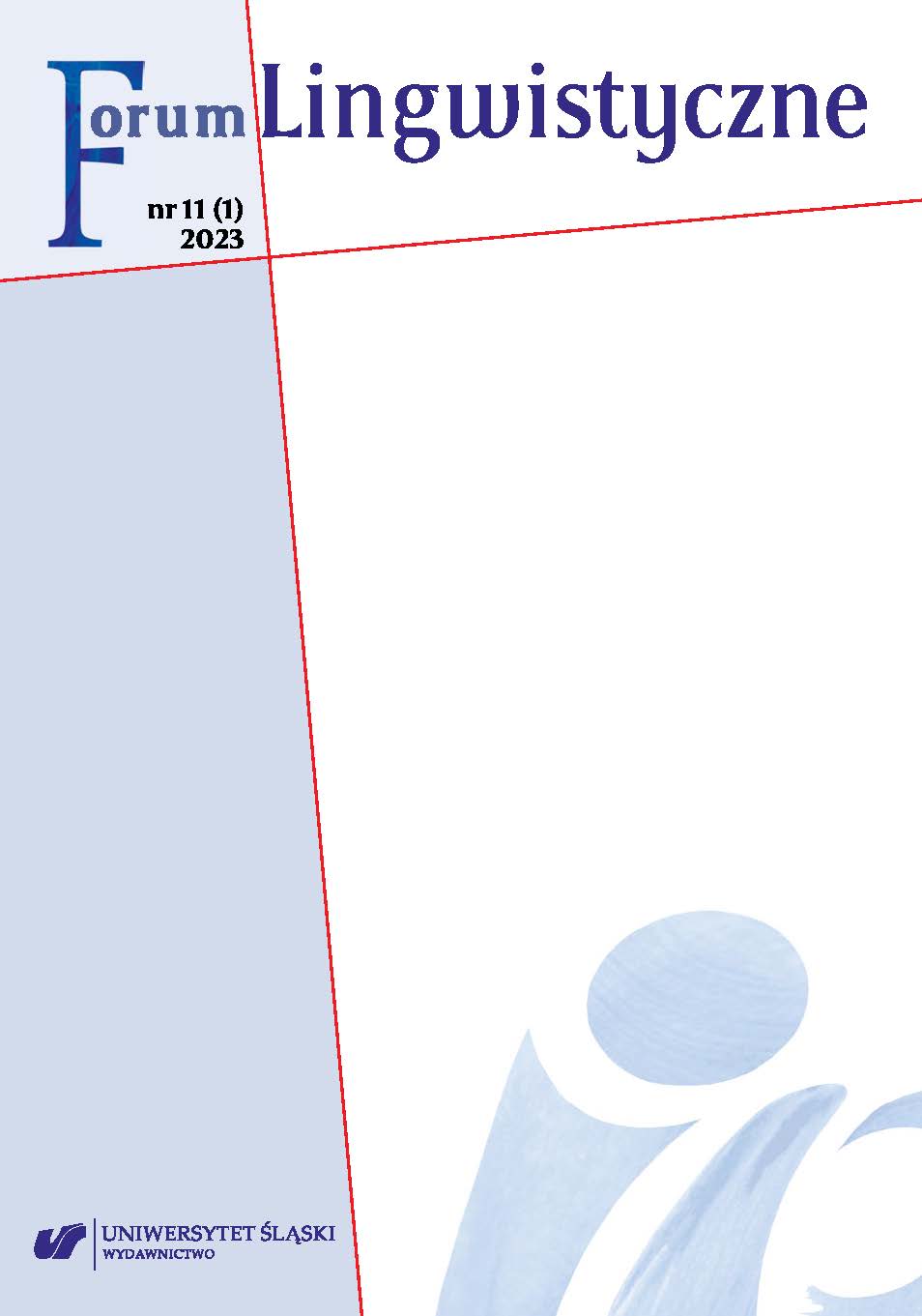
![Listy Gottloba Fregego. Uwagi o polskim wydaniu [rec. Gottlob Frege: „Korespondencja naukowa”]](/api/image/getissuecoverimage?id=picture_2022_77522.jpg)
